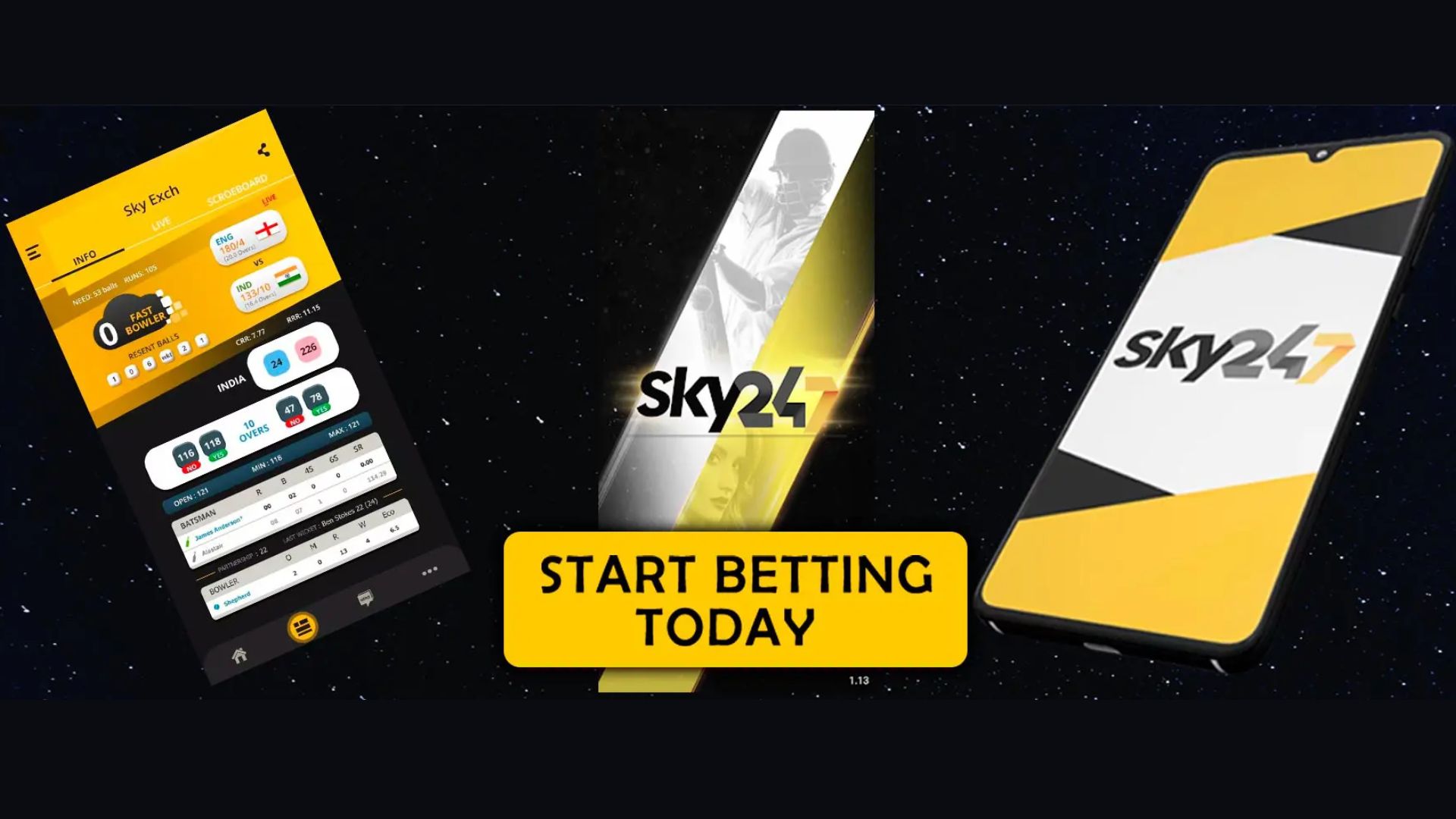
Web3 is the latest development in the world of web technology, and it has the potential to revolutionize the way we approach loyalty and reward programs. Web3, also known as the decentralized web, is a new generation of internet technology that is based on blockchain, the technology that powers cryptocurrencies like Bitcoin and Ethereum.
The decentralized web operates on a peer-to-peer network, which means that there is no central authority that controls it. This makes it more secure, transparent, and resistant to censorship than the traditional internet. It also has the potential to provide new levels of privacy, autonomy, and ownership to users.
In this article, we will explore how Web3 can help loyalty and reward programs reach new heights by providing greater transparency, flexibility, and value to both businesses and consumers.
- Greater Transparency
One of the key benefits of Web3 is its transparency. The decentralized nature of the web means that all transactions are recorded on a public ledger, which can be accessed by anyone. This makes it easy to track and verify the authenticity of transactions, which is essential for loyalty and reward programs.
Traditionally, loyalty and reward programs have been criticized for their lack of transparency. Customers often find it difficult to understand the rules of the program and how they can redeem their rewards. Web3 can help to solve this problem by providing greater transparency and visibility into the program.
For example, a loyalty program based on Web3 could use smart contracts to automate the process of earning and redeeming rewards. Smart contracts are self-executing contracts with the terms of the agreement between buyer and seller being directly written into lines of code. This means that the terms of the program are transparent and can be easily verified by customers.
- Greater Flexibility
Another benefit of Web3 is its flexibility. Traditional loyalty and reward programs are often limited in their scope and application. They may only apply to certain products or services, or they may be restricted to certain geographic locations.
Web3 can help to overcome these limitations by providing a more flexible and open system. Loyalty and reward programs based on Web3 can be designed to work with a wide range of products and services, and they can be used by customers anywhere in the world.
For example, a Web3-based loyalty program could be designed to reward customers for their contributions to an open-source software project. This would allow developers from all over the world to participate and earn rewards for their contributions.
- Greater Value
Finally, Web3 can help to provide greater value to both businesses and consumers. By using blockchain technology, loyalty and reward programs can create a more secure and efficient system for tracking and distributing rewards.
Blockchain technology is based on cryptography, which means that all transactions are secure and verifiable. This makes it much more difficult for fraudsters to manipulate the system and steal rewards.
In addition, Web3 can also help to create a more valuable system for consumers. By using cryptocurrency as a reward, customers can earn rewards that have real-world value. This can be especially appealing to younger consumers who are more comfortable with digital currencies.
Conclusion
In conclusion, Web3 has the potential to revolutionize the way we approach loyalty and reward programs. By providing greater transparency, flexibility, and value, Web3 can create a more secure, efficient, and valuable system for businesses and consumers.
As Web3 continues to evolve, we can expect to see more innovative and creative loyalty and reward programs that are designed to take advantage of this new technology. Whether you are a business owner or a consumer, it is important to stay up-to-date with these developments and explore how they can benefit you.







